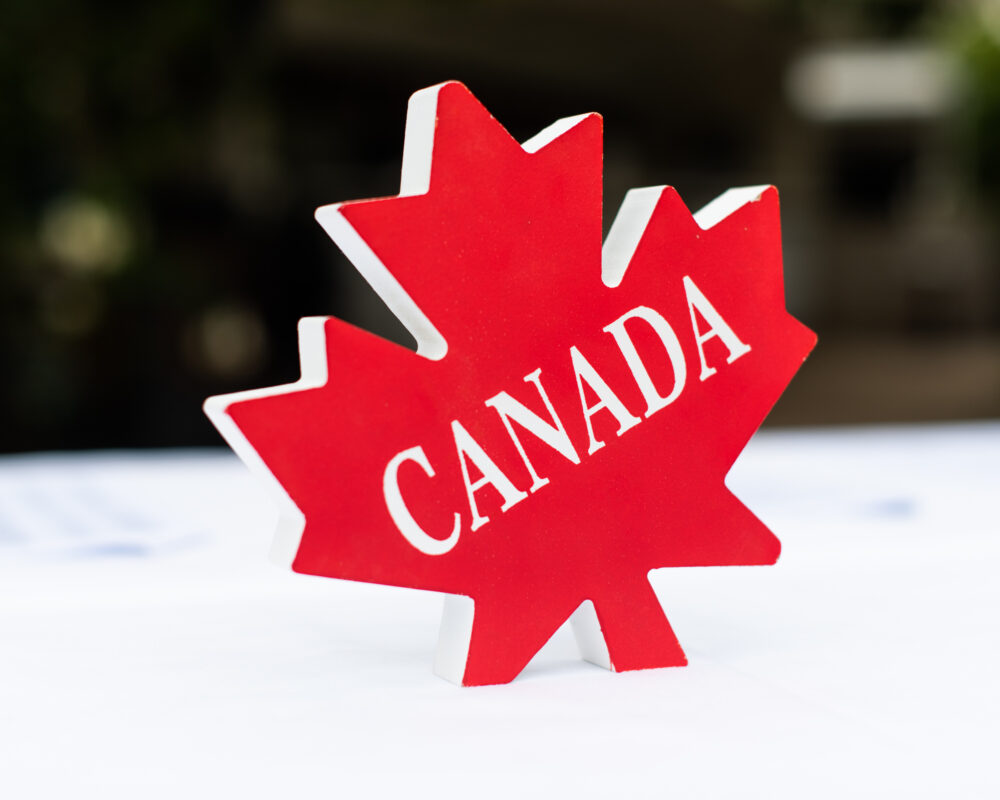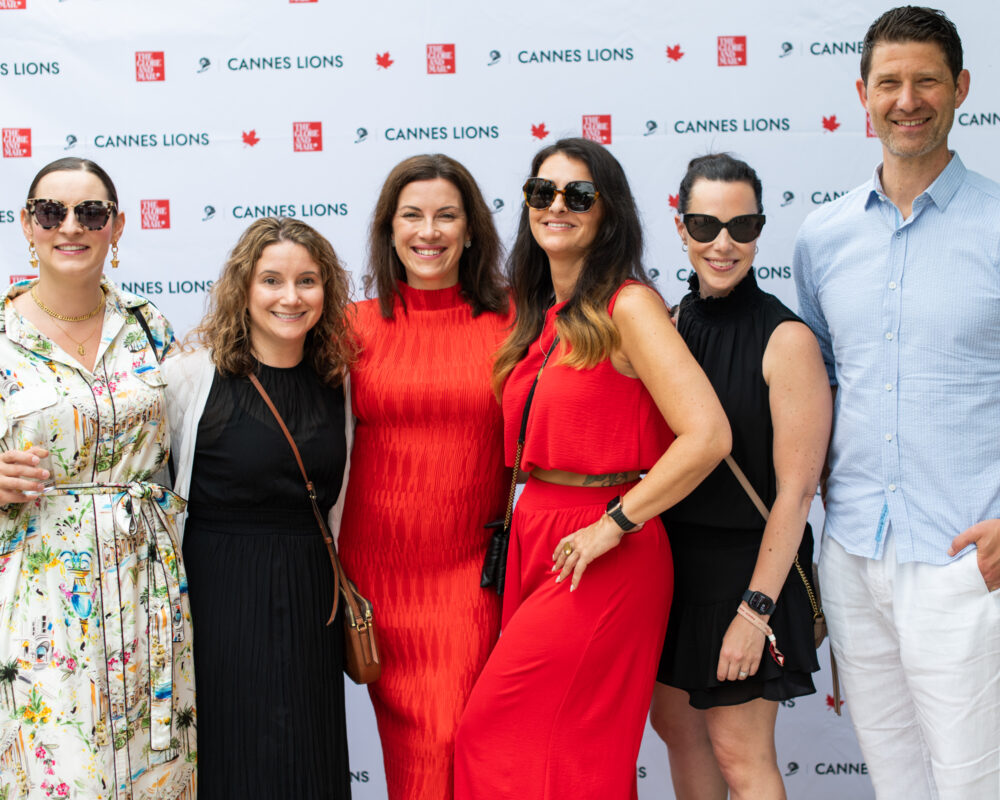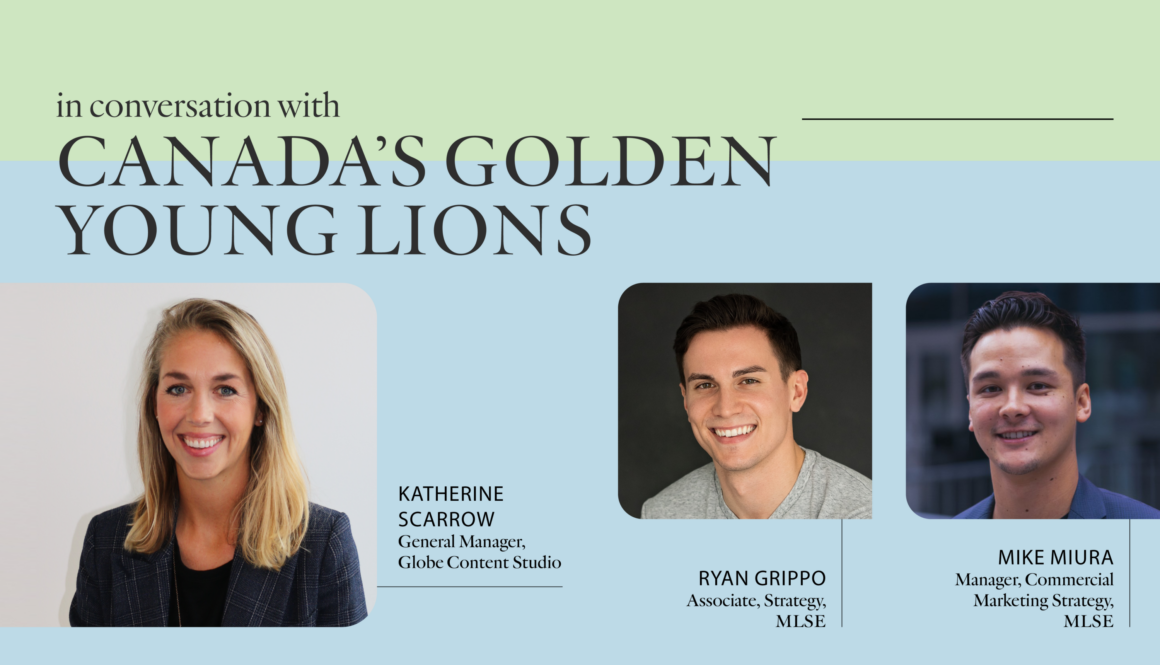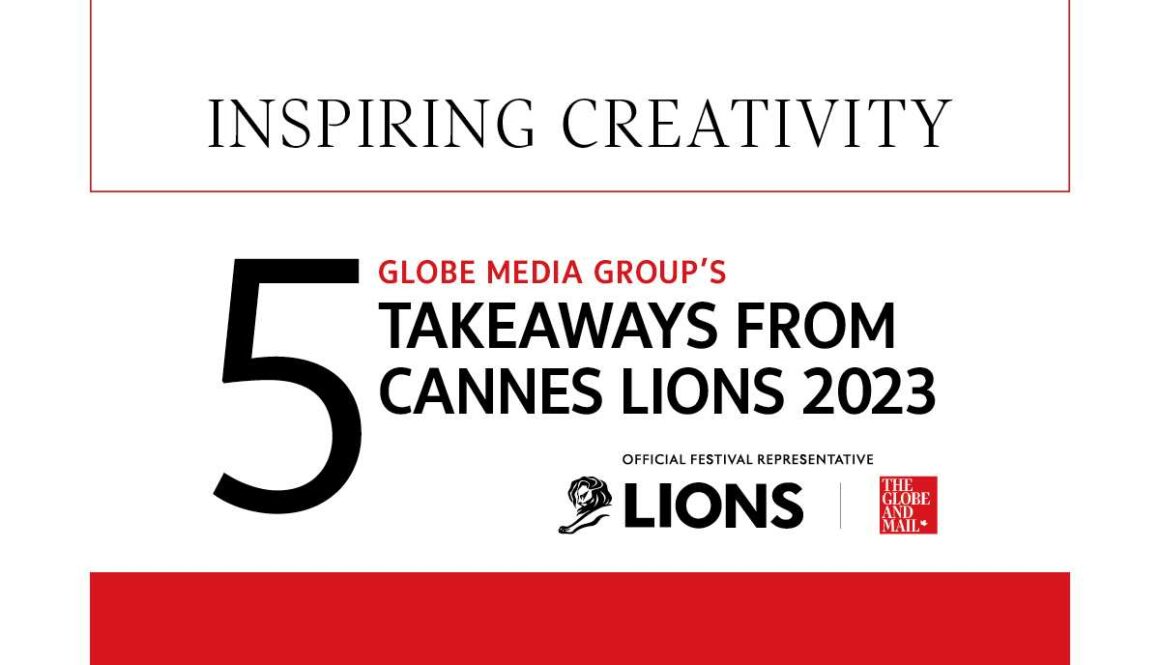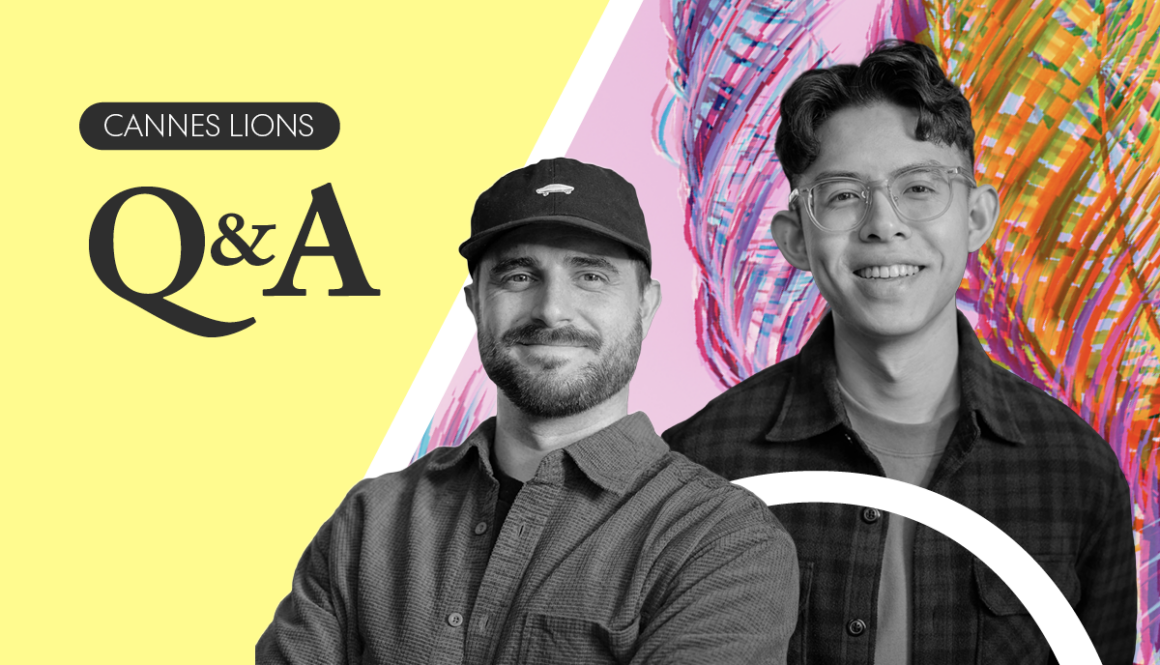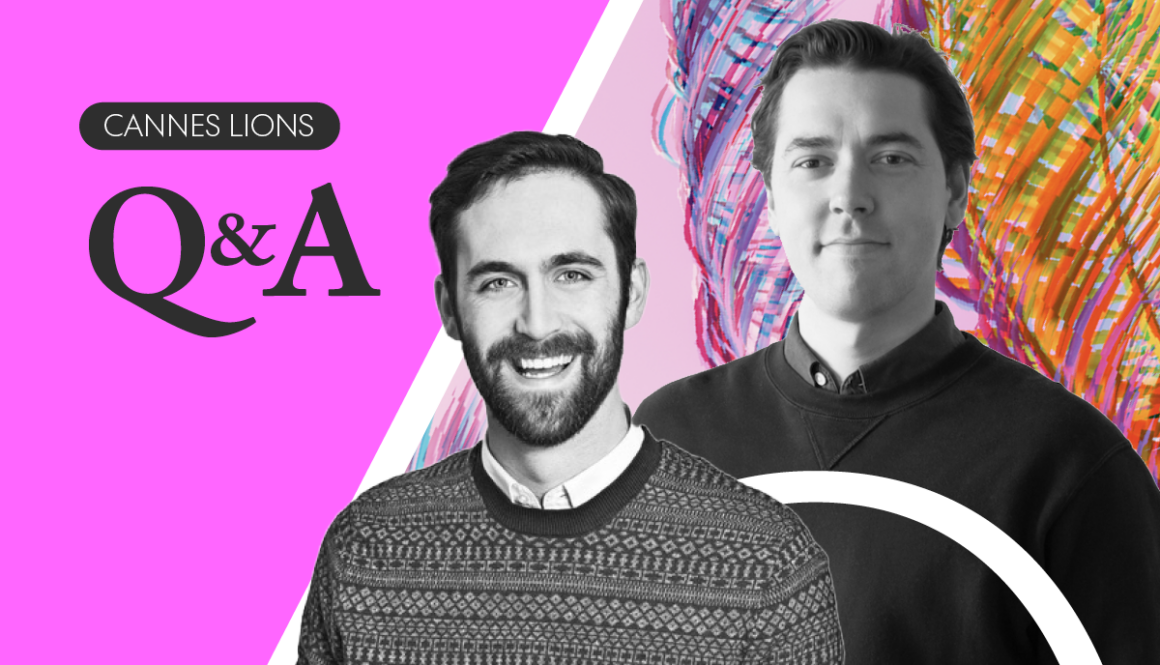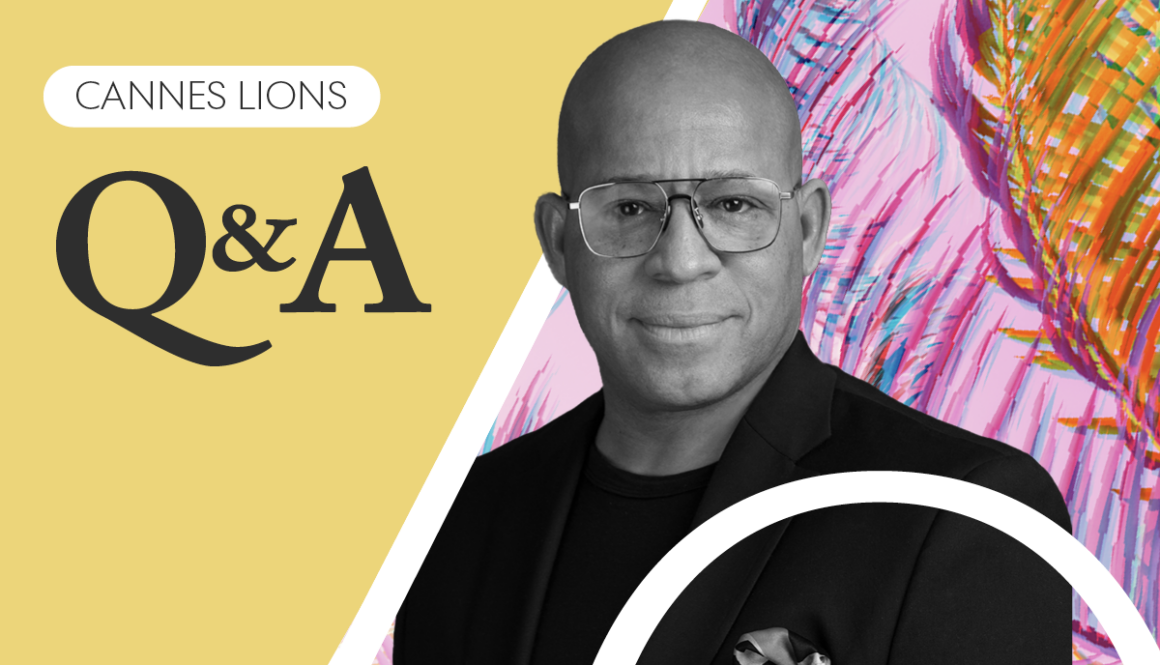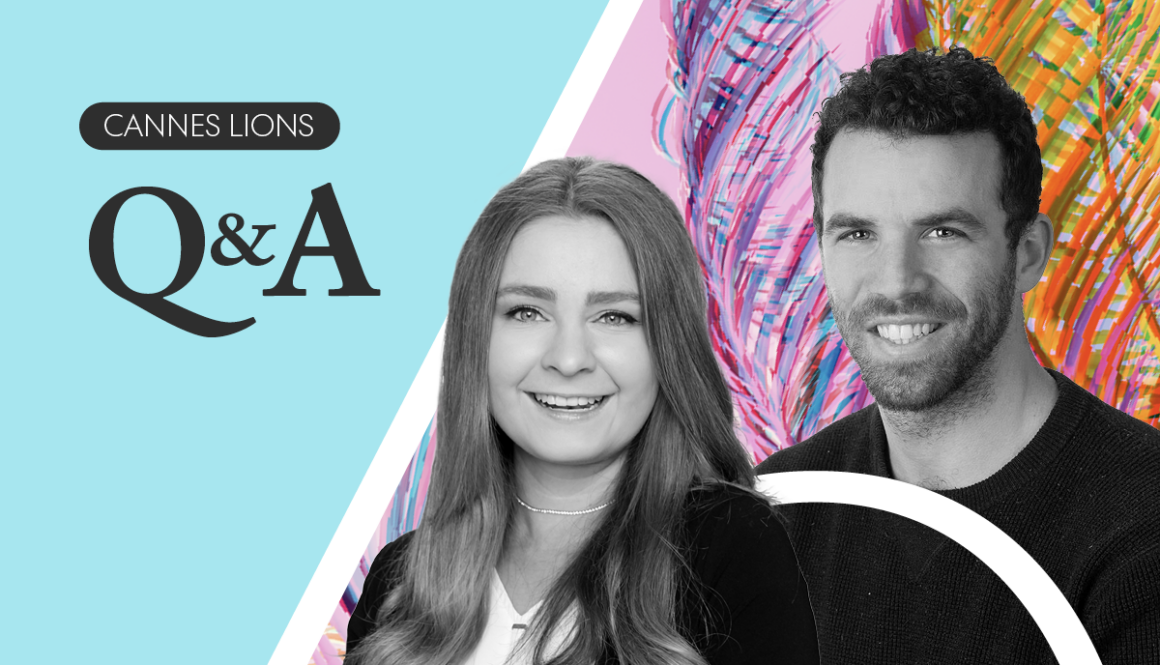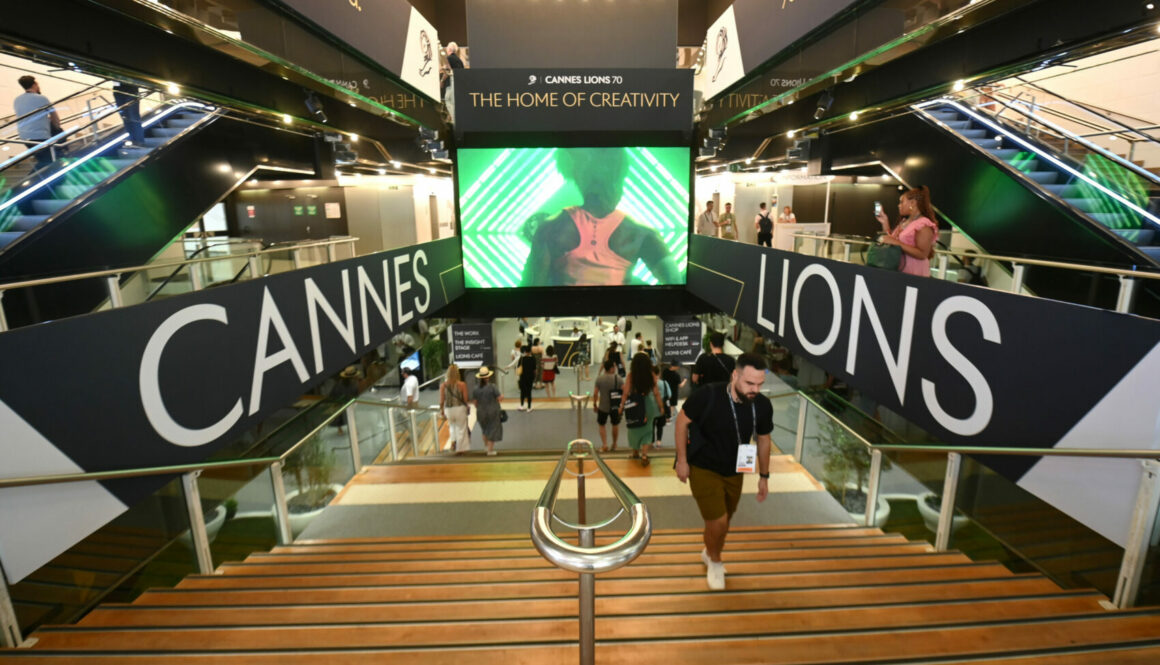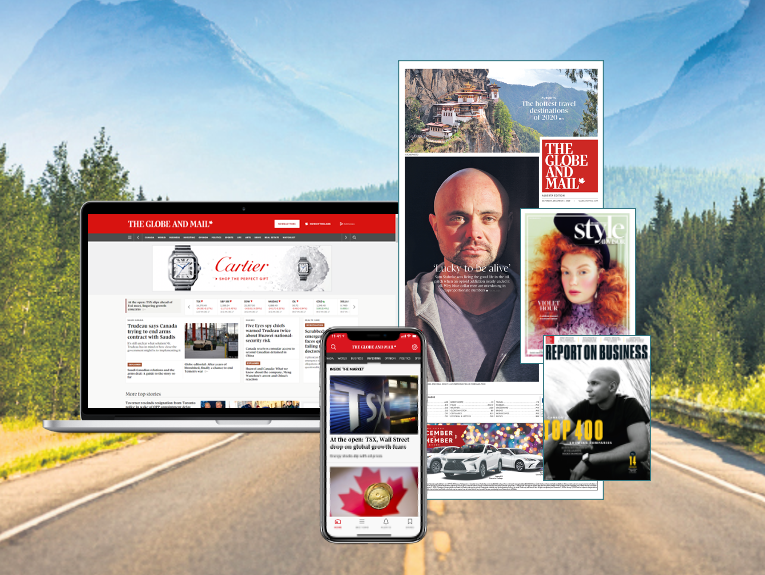The Globe and Mail Wins Gold as Cannes Lions Representative of the Year
The Globe and Mail is thrilled to announce that Canada has been awarded the Andrea Suez Cannes Lions Representative of the Year award, taking home the Gold distinction at this year’s annual Cannes Lions Representatives meeting in London. This prestigious award recognizes the exceptional efforts of representatives around the world who embody the spirit of Cannes Lions and demonstrate outstanding dedication to championing creativity in their local markets.
For nearly 20 years, The Globe and Mail has been the official Canadian representative of the Cannes Lions International Festival of Creativity, working tirelessly to spotlight and elevate Canadian talent on the world stage. This award is a testament to our team’s unwavering commitment to fostering creativity, innovation, and excellence in Canadian advertising and marketing.
Our mission is to ensure that Canadian creativity and talent are recognized globally, and we’re proud to bring the Cannes Lions brand to life in Canada.
Over the past year, our team has worked with incredible industry partners, sponsors, and our Canadian Cannes Lions Advisory Board to deliver year-round programming that showcases the best of Canadian creativity. From celebrating award-winning campaigns to nurturing emerging talent through programs like the Young Lions, The Globe is committed to strengthening Canada’s presence within the global creative community.
Marcin Zerek, Head of Trade Marketing at The Globe and Mail, Canada’s Cannes Lions Representative, expressed his pride in receiving this honor:
“We’re incredibly honoured to be recognized with the Andrea Suez Cannes Lions Representative of the Year award. Our goal has always been to champion Canadian creativity and talent on the world stage, and this award reflects the dedicated work of our team, our amazing partners, and the remarkable talent in our industry. We’re truly inspired by the efforts of our fellow representatives worldwide. A special congratulations to our friends in Brazil, who took home Silver, and Germany, who won Bronze. Creativity has the power to shape the future, and we look forward to seeing how it will continue to inspire and transform our industry.
Cannes Lions Festival of Creativity has been a beacon for the global creative marketing community for over 70 years, and The Globe and Mail is proud to be part of a network of representatives who bring the LIONS brand to local markets around the world. Each year, this award recognizes representatives who demonstrate excellence, creativity, and a best-in-class approach to fostering a vibrant creative community in their countries.
Our achievements this year reflect our dedication to celebrating Canadian creativity year-round. Through initiatives like exclusive content on award-winning campaigns, events such as the annual Après Cannes, and our work with the Young Lions competition, we’re constantly inspired by the innovation and talent emerging from Canada’s creative community. This award is not only a proud milestone for The Globe and Mail but also a celebration of the collective efforts of our partners, the Canadian Cannes Lions Advisory Board, and everyone in our industry.
As we look forward to 2025, our commitment remains as strong as ever. We’re excited to continue supporting Canadian talent, telling Canadian stories, and sharing the transformative power of creativity on the global stage.
Congratulations to everyone who has been part of this journey and thank you for helping us make Canadian creativity shine!

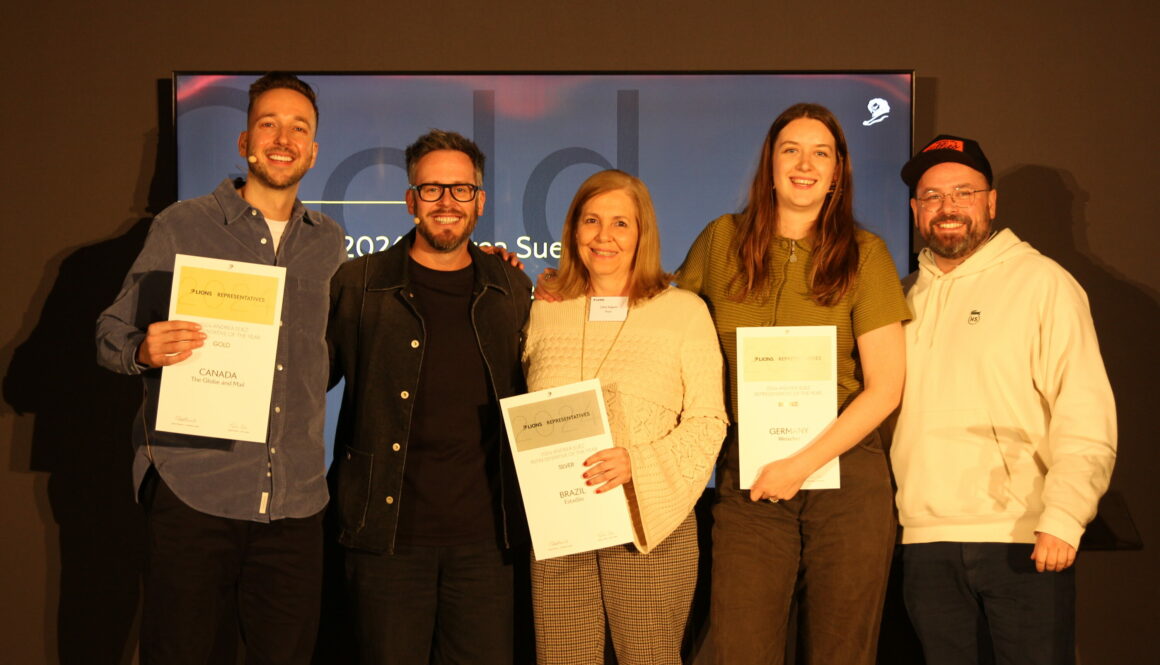
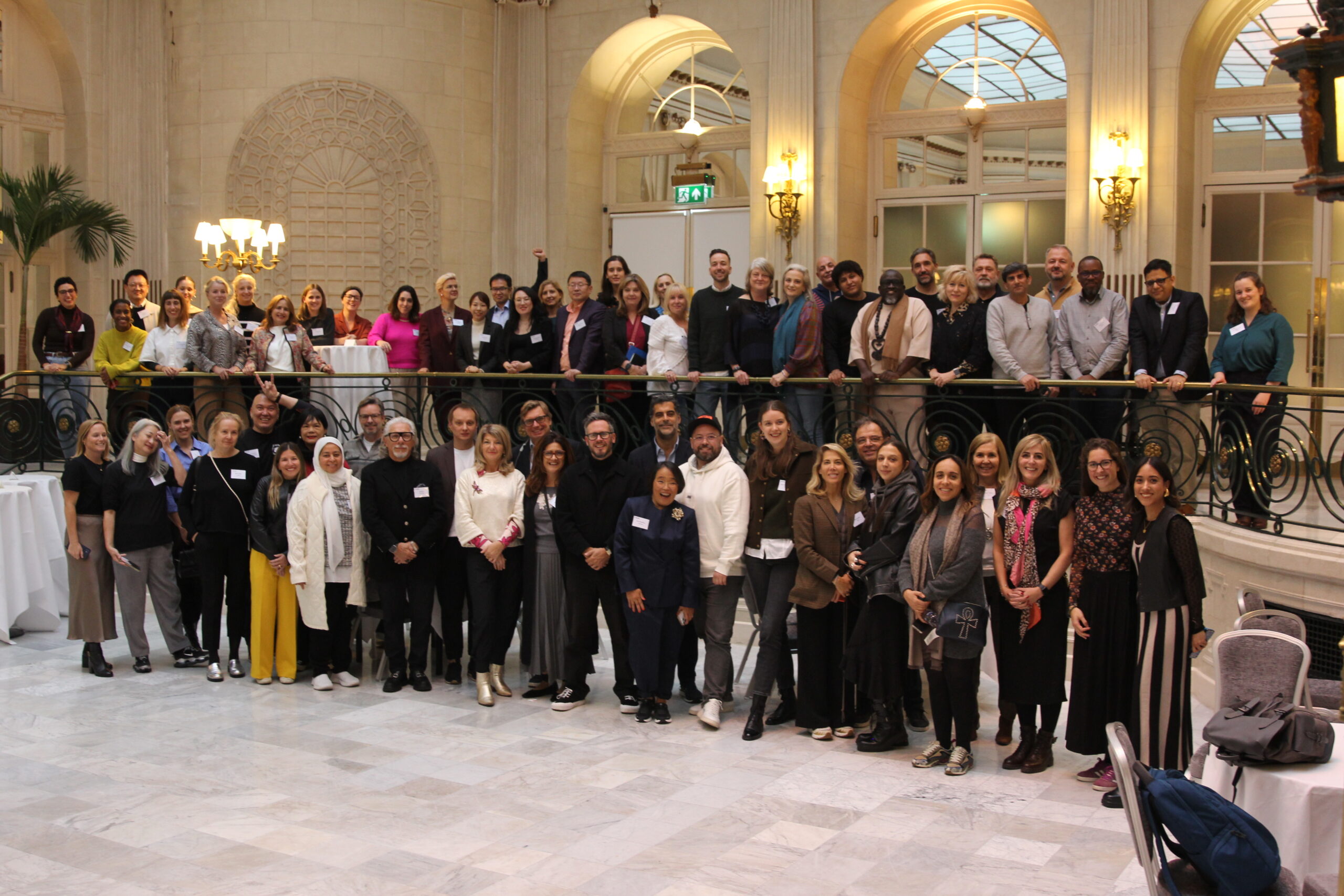
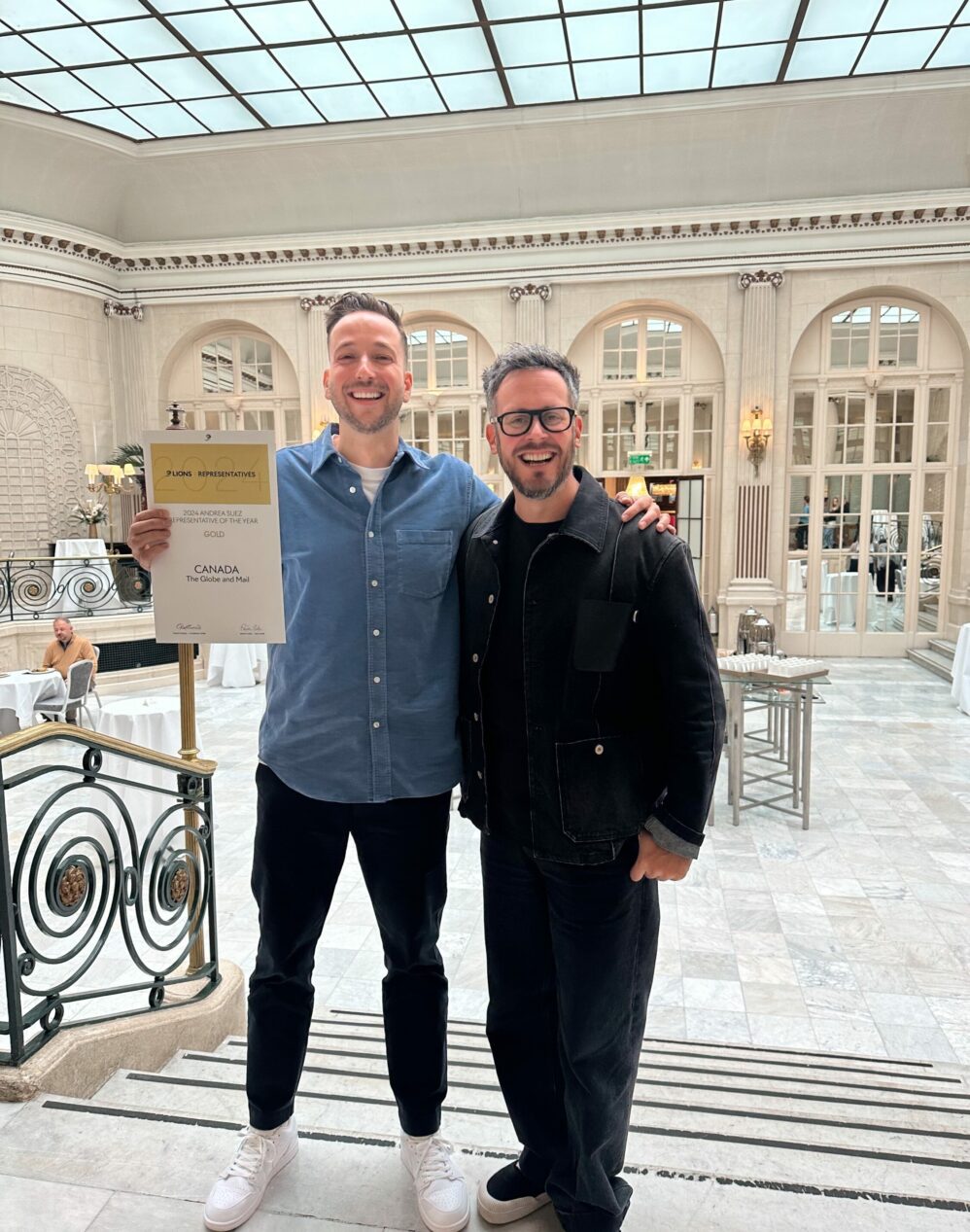
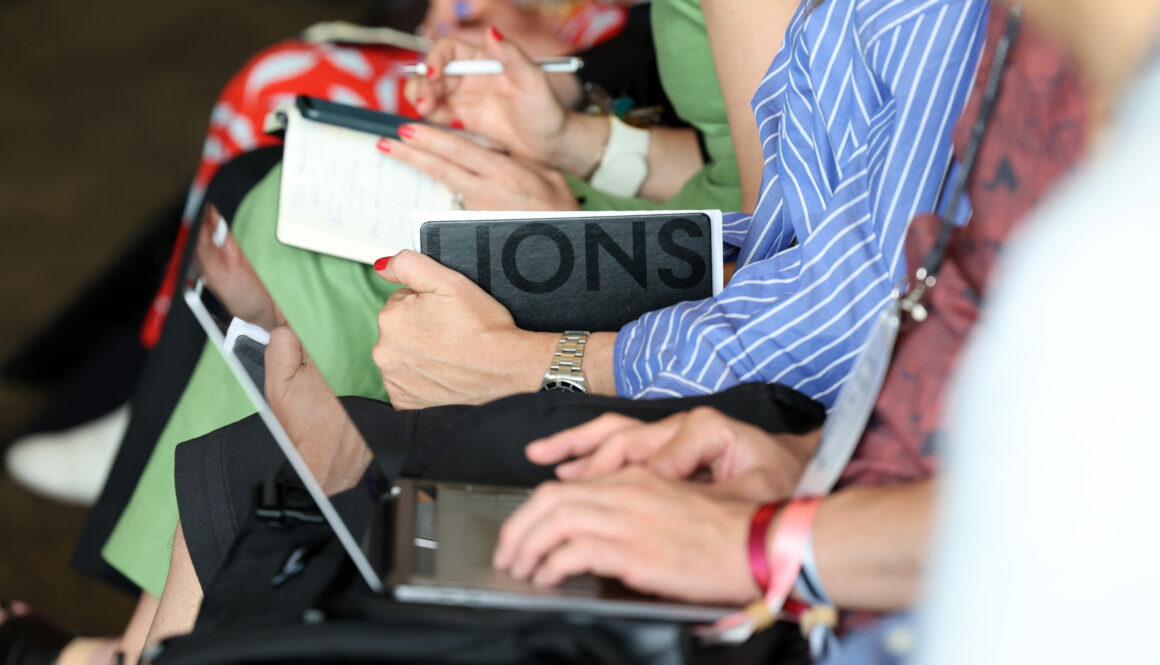
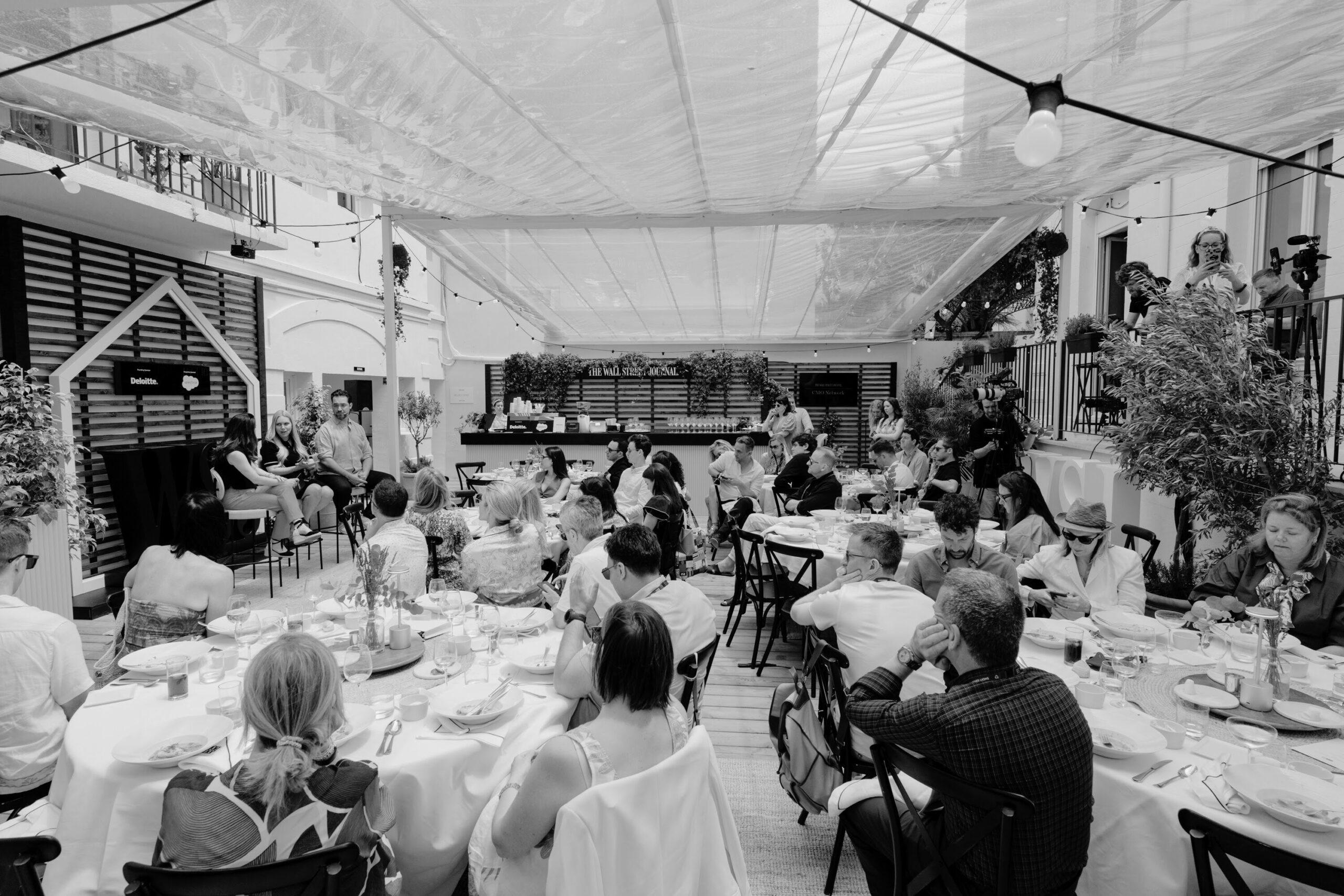
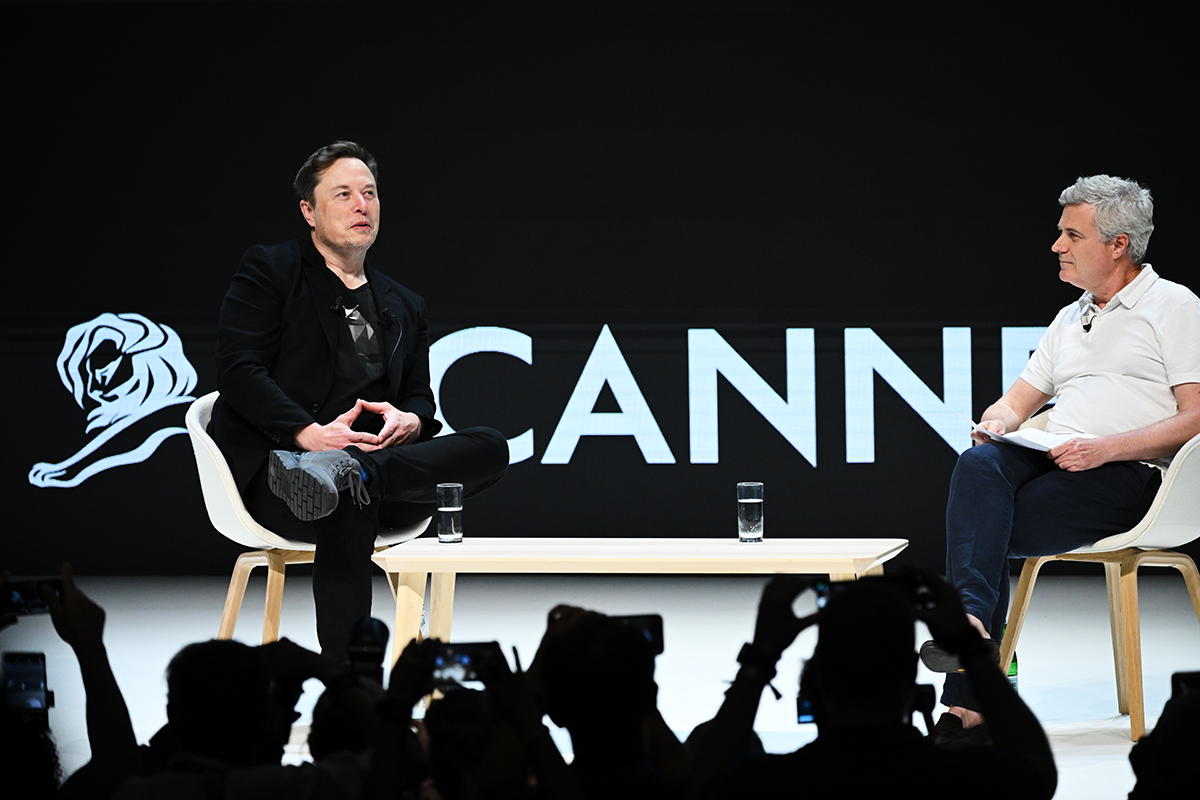
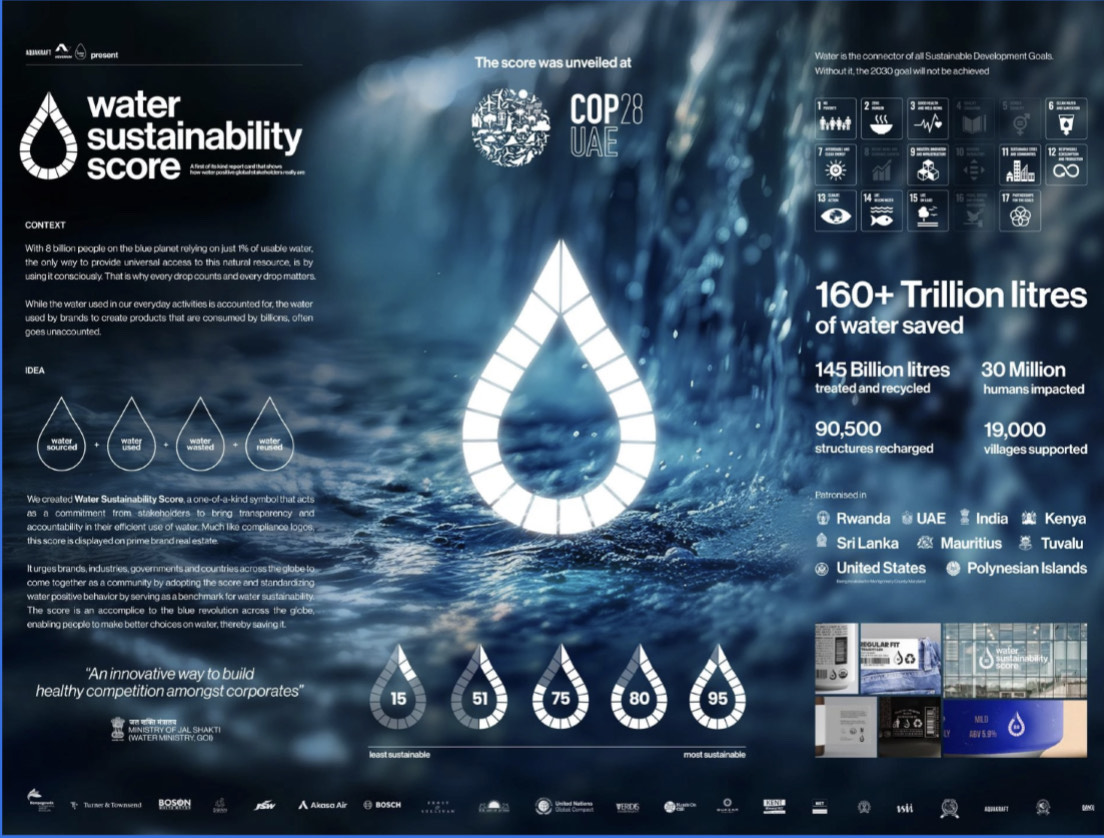
 The rise of commerce media is undeniable. As traditional tracking methods like cookies decline, retailers are harnessing first-party data and forging new strategic alliances to support seamless omnichannel experiences. This shift, alongside the democratization of commerce, is sparking a new era of creativity where distinctiveness, dialogue, and connection are pivotal for success. For our industry, creativity and innovation is central to the future of commerce solutions to drive brand differentiation.
The rise of commerce media is undeniable. As traditional tracking methods like cookies decline, retailers are harnessing first-party data and forging new strategic alliances to support seamless omnichannel experiences. This shift, alongside the democratization of commerce, is sparking a new era of creativity where distinctiveness, dialogue, and connection are pivotal for success. For our industry, creativity and innovation is central to the future of commerce solutions to drive brand differentiation.